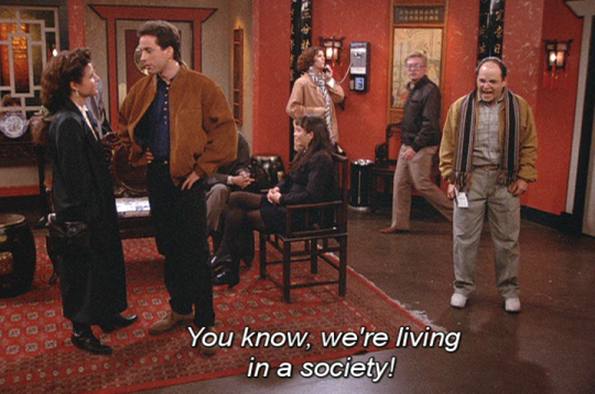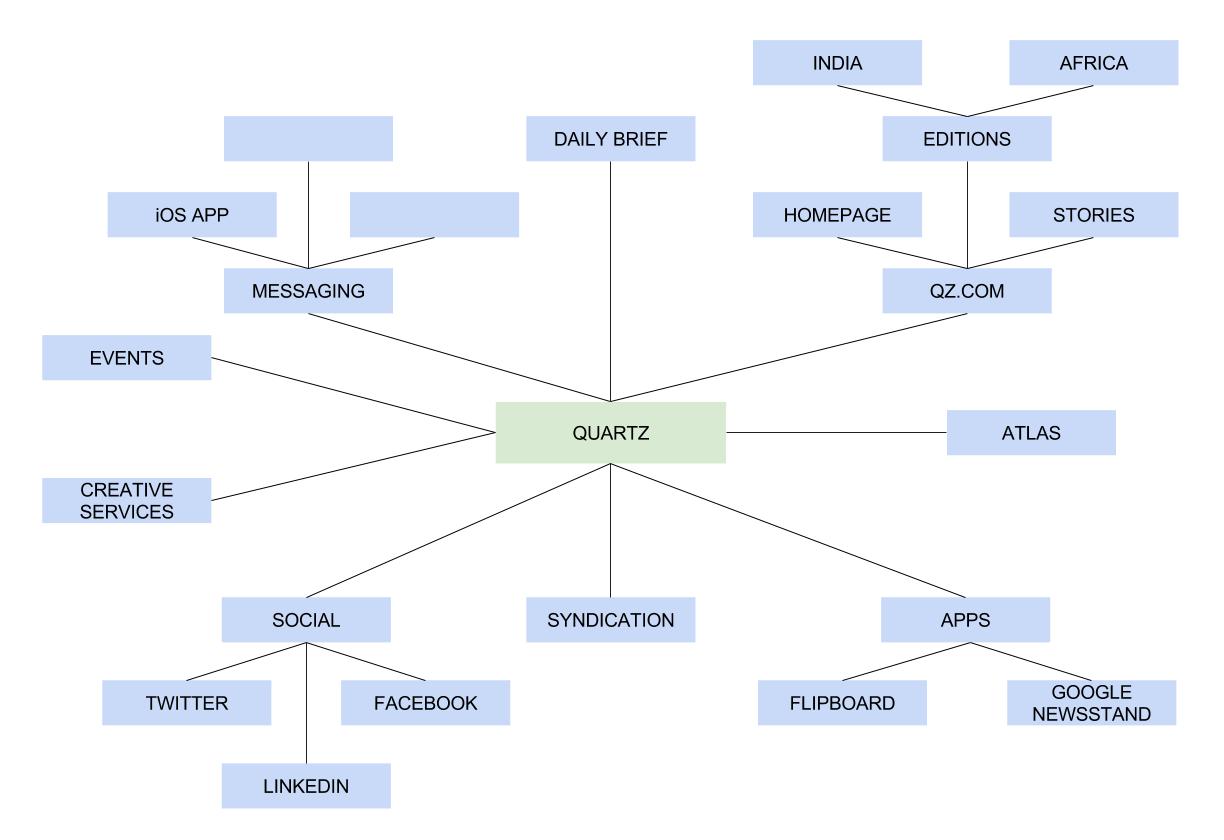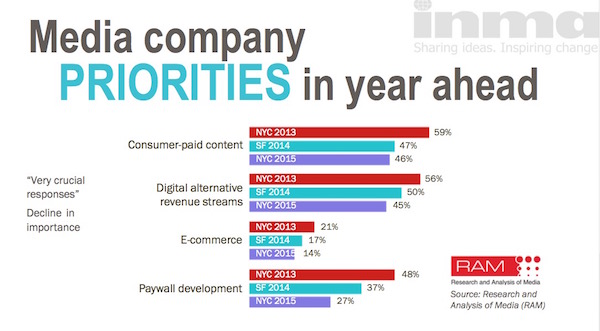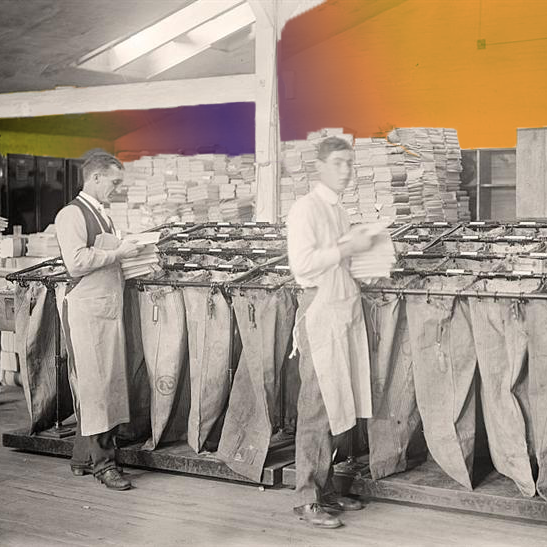by Vincenzo Marino – translated by Roberta Aiello
The Malaysian cartoonist who risks 43 years in prison
.
In February, the Malaysian police detained for four days the local cartoonist Zulkiflee Anwar Alhaque, better known as Zunar, for publishing tweets and cartoons like this:
Cartoon Zunar: PM Najib is the judge! pic.twitter.com/3FbAZQwxVm
— Zunar Cartoonist (@zunarkartunis) 10 Febbraio 2015
The drawing depicts prime minister Najib Razak as a judge, while issuing a “political sentence” against opposition leader Anwar Ibrahim, accused of sodomy in a trial that his supporters consider unfair and unfounded. In the cartoon, a book with the word “law” is proudly displayed in the trash.
“Local newspapers and TV are all controlled by the government. They cannot discuss sensitive issues,” said Zunar in a long report published this week by the Committee to Protect Journalists on the intimidation of cartoonists and the threats against free expression. “The government fears my cartoons will turn the people against them.”
Malaysia has a long history in terms of censorship, especially regarding public morality and religion. If music, films and books have for decades been banned or carefully scrutinized by the ministerial filter, in more recent times the “Sedition Act” – a colonial code dating to 1948 – has been exacerbated by the Najib government, which has put it into a broader political reform and began to use it as a threat and censorship tool against journalistic critics and political dissent.
The hearings of the trial began this week and Zunar could spend 43 years in prison. There are nine counts against him which include sedition and anti-state insults. “In a corrupt regime, the truth is seditious […]. I will keep drawing until the last drop of my ink.”
Journalism as a social benefit

Even if journalism changes and shapes itself adhering to new tools and new needs, there will always be a need for journalists “who point out abuses of power; uncovering those abuses is what presidents and dictators fear the most,” wrote this week Jorge Ramos of Fusion in an article entitled “Of journalists and dinosaurs.” While publishing evolves, its principles remain the same: “Credibility, independence, relevance, the ability to place news in context.”
In New York, on the Lower East Side of Manhattan, a group of people have set up a news website and a monthly magazine for its community, The Lo-Down.
This week Josh Stearns of Medium recounts how the creators of the project have been able to connect with the passions of people, but also with their specific needs with a very close presence on the streets of the area, and to become relevant for a restricted but faithful community.
Reports, interviews, advertisements, comments, debates. Lo-Down is, in some ways, the voice of the district, listening physically and “taking advantage” – also from an economic standpoint – to meet in person its readers and supporters (like the shops in the area), contributing to the public conversation.
As pointed out by Stearns, the case allows the newspaper’s newsroom to emphasize the importance of a free and active press in people’s lives, and how participation is crucial, in a continuous exchange. One of the founding principles of Lo-Down is “solution journalism,” addressing practical issues in the lives of the locals, to suggest and stimulate solutions.
Capitalizing on the community through journalism and the relationship with its readers is the base that allowed the outlet to launch a crowdfunding campaign, which will finance a project focusing on the difficulties of small businesses. In the first two days, 40% of the goal has been reached, and the collection is currently at 58% – for a total of about 14 thousand dollars.
Nicole He at #ijf15 for “Kickstarter for Journalism: bringing your project to life“.
Is the paywall already in crisis?

“People now go to many sources,” explained Kevin Sutcliffe of Vice News last week to the audience of the Retuers Institute for the Study of Journalism. “You can cling to the notion of trust, but trust is not enough now. It is about being there. It is about being authentic.”
If it is not possible for everyone to build a community like the Lo-Down one and counting on its support, the means of keeping alive a media company continue to be many, adhering to old and new guidelines.
If we consider that listicles, aggregation and “viral” content were concepts already known – in some way – in nineteenth century journalism, new realities are working on methods, tools and new languages. It is the case of Quartz, the financial information website of The Atlantic (previously mentioned here) that is trying to change the outlet into a multiplatform entity, a kind of API with its website and verticals, an app, chat and newsletter for its mobile vocation, social production, syndication and events outside the Internet – as explained by Zachary M. Seward, this week, in an article entitled “The path ahead for the business site that’s reshaping digital news.”
 image via
image via
Or like Vox, that by developing a specific editorial style has become – as defined by Tressie McMillan Cottom – the Urban Dictionary of journalism, the modern vocabulary of the facts designed to explain the headlines of the day, adapting their own journalistic choices and the size of the articles to a complete reading both from the publishing point of view that the “instrumental” one with brevity, linearity, and mobile trend.
What has emerged at the the International News Media Association World Congress is the fact that there is substantial growth of the digital and mobile revenue streams at the expense of a much discussed model like the paywall. It seems, recently, following the positive trend of some time ago, to suffer a bit with paid content – at least according to the findings of some surveys presented during the conference.
 image via
image via
“The percentage of publishers prioritizing paywall development, however, has fallen nearly in half. That could be because their paywalls are already built out,” explains Joseph Lichterman of NiemanLab. “It could also be because paywall revenue has plateaued or even dropped for many publications,” he continues.
In this case, we may be witnessing the collapse of another of the certainties of many publishers in recent years, along with that of the sale of advertising space on the basis of “impressions” that ruled much of the relationship between newspapers and advertisers.
The news of the week is that the Financial Times would give priority to metrics such as “time spent” on a page by readers, to be preferred to the traditional “clicks” calculation. Together with Chartbeat (among the best known companies for analytics of online websites), the historical outlet is trying to enhance its readership – smaller than others but faithful – and convince investors that clicks and page views are not the best way to grasp the effectiveness of an ad, or that of a newspaper article, of course.


